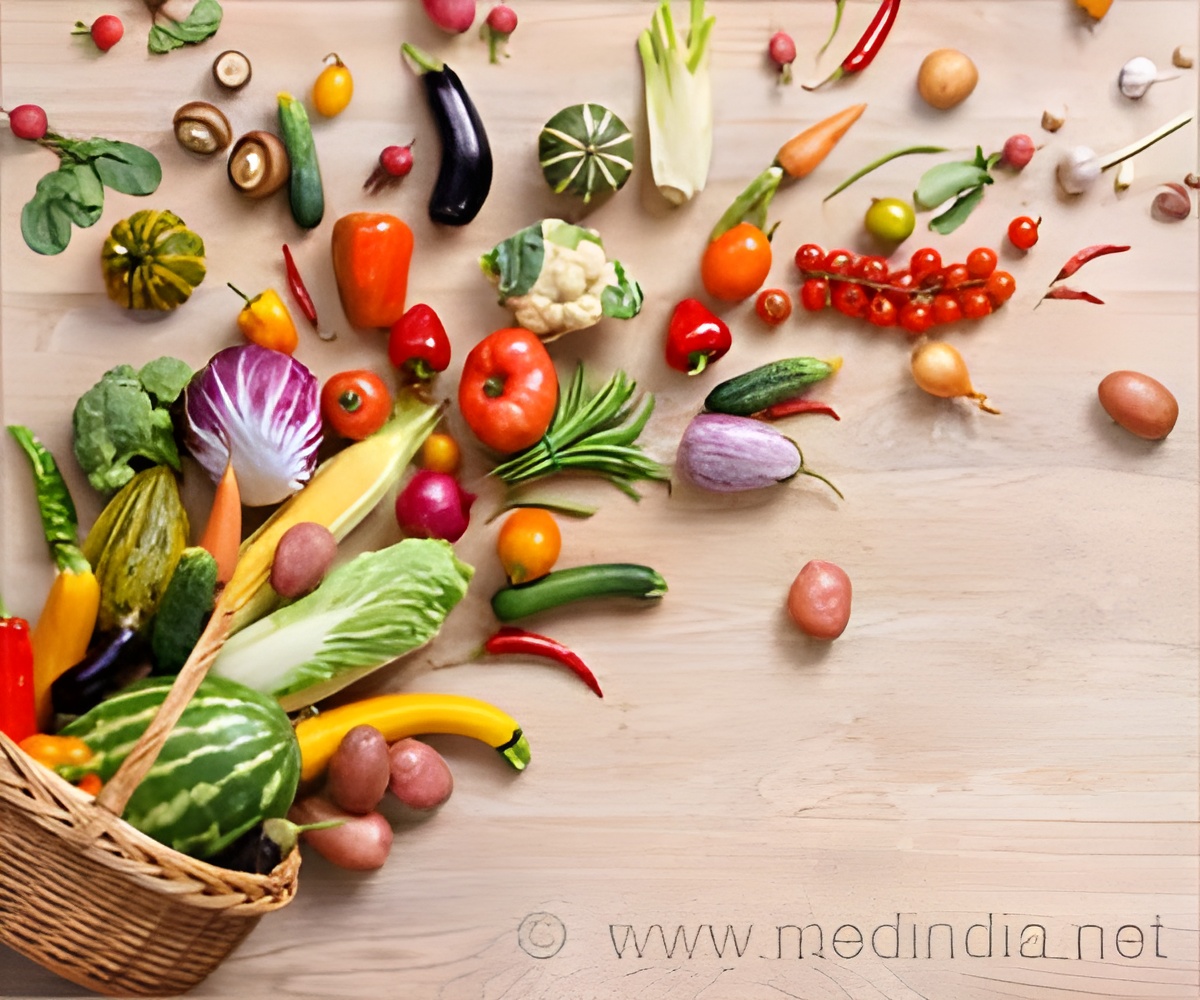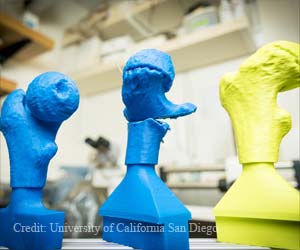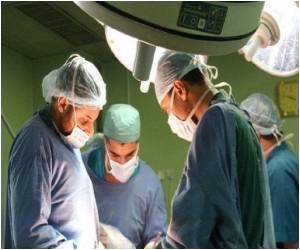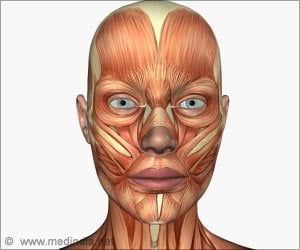In the near future, kitchens may have 3-D printers that output food customized to your tastes and nutritional requirements.

TOP INSIGHT
3-D printing could customize food for each member of the household.
3-D printing of food works much like 3-D printing of other materials in that layers of raw material are deposited to build up a final product. In addition to offering customized food options, the ability to 3-D print food at home or on an industrial scale could greatly reduce food waste and the cost involved with storage and transportation. It might also help meet the rapidly increasing food needs of a growing world population.
For the new study, the researchers used a prototype 3-D printer to create food with microstructures that replicated the physical properties and nanoscale texture they observed in actual food samples. They also demonstrated that their platform and optimized methods can turn carbohydrate and protein powers into food with microstructures that can be tuned to control food texture and how the food is absorbed by the body.
"We are only in early stages, but we believe our research will move 3-D food printing to the next level," said Rhee. "We are continuing to optimize our 3-D print technology to create customized food materials and products that exhibit longer storage times and enhanced functionality in terms of body absorption."
 MEDINDIA
MEDINDIA




 Email
Email




